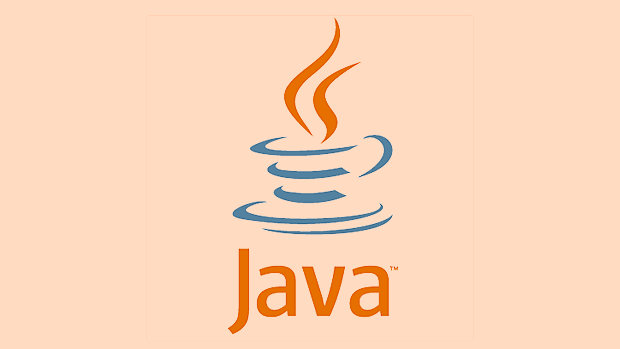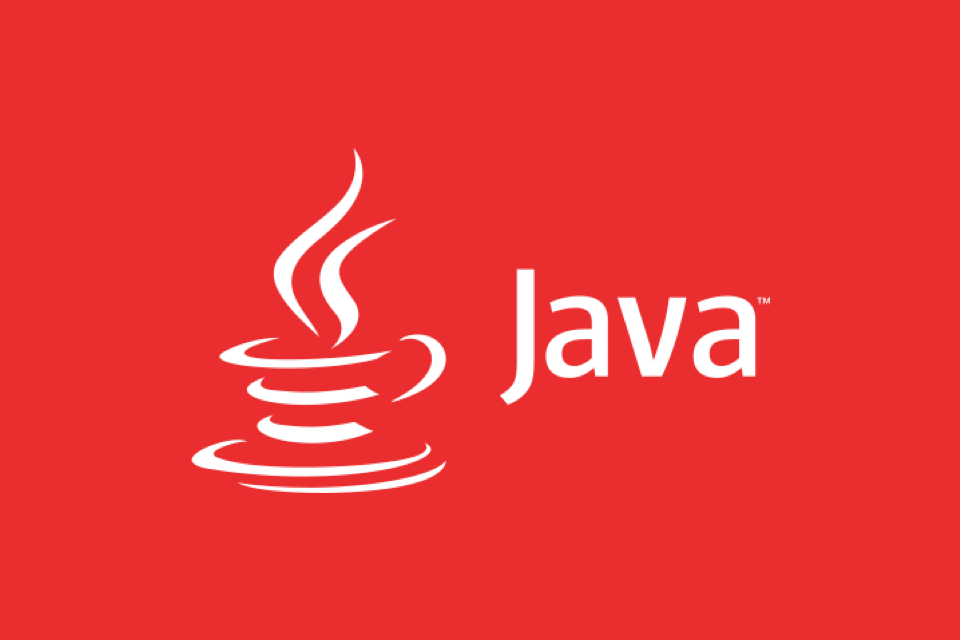Java bytecode instrumentation realizes dynamic analysis of the running status of Java programs by modifying the .class file insertion monitoring logic when class loading. Its core principle is to use the Instrumentation API and byte code operation libraries (such as ASM, Byte Buddy, etc.) to insert monitoring code before and after the method is executed without modifying the source code. The specific steps include: 1. Use Java Agent to intercept the class loading process and register the ClassFileTransformer; 2. Insert monitoring logic such as timing, logs, etc. in the target method to ensure that the original logic is not affected; 3. Avoid destroying the method signature or introducing exceptions, and ensure that the bytecode passes JVM verification. Common application scenarios include: monitoring method time-consuming, catching exception stack, collecting parameters and return values. Practice recommends choosing the right tool library, avoiding duplicate instrumentation, controlling performance overhead, and prioritizing critical path monitoring.

Java Bytecode Instrumentation is a powerful technology to implement application monitoring, and is especially suitable for analyzing and monitoring running Java programs without modifying the source code. It is widely used in performance monitoring, log burial, AOP programming and other fields.

If you need to observe method execution time, call link or resource consumption in a production environment, bytecode instrumentation is a very practical method.
What is Java bytecode instrumentation?
Java bytecode instrumentation refers to dynamically modifying the contents of .class files when the class is loaded or runtime, inserting additional monitoring logic. When loading the class, the JVM will read these modified bytecodes and execute them according to the new logic.

For example: you have a UserService.getUser() method, which by default just returns user information. With instrumentation, you can record the timestamp before the method starts, calculate the time-consuming and print it out after the end, without changing the code of the method itself.
This capability mainly relies on the Instrumentation API provided by Java, as well as bytecode operation libraries such as ASM, Byte Buddy, and Javassist.

How to use bytecode instrumentation for monitoring?
1. Intercept class loading process using Java Agent
Java Agent is one of the key mechanisms for implementing bytecode instrumentation. You can write an Agent that is loaded in via -javaagent:your-agent.jar parameter when JVM is started. Agent can register a ClassFileTransformer and convert the class when it is loaded.
public static void premain(String args, Instrumentation inst) {
inst.addTransformer(new ClassFileTransformer() {
@Override
public byte[] transform(ClassLoader loader, String className,
Class<?> classBeingRedefined,
ProtectionDomain protectionDomain,
byte[] classfileBuffer) {
if (className.equals("com/example/UserService")) {
return modifyBytecode(classfileBuffer);
}
return null;
}
});
}This way, when the target class is loaded, your transform method will be triggered, where you can replace the bytecode.
2. Insert monitoring logic into the method
Taking the monitoring method execution time as an example, you need:
- Logic in the method entry to insert the timing starts (such as
System.nanoTime()) - Insert end time and log output at method exit
When using tools such as ASM, you can traverse the instructions in the visitMethod, find the RETURN instruction location of the method, and insert the corresponding monitoring code.
Note: You cannot insert code casually, and you should consider issues such as exception handling and whether the local variable table space is sufficient.
3. Avoid affecting the original logic
The essence of instrumentation is to modify the bytecode, so you must be careful not to destroy the original logic. for example:
- Don't change the method signature
- Do not introduce new exceptions
- Ensure that the bytecode after insertion can pass JVM verification
It is recommended to test the effect of the insertion on a small scale first, and then gradually expand the monitoring range.
Common monitoring scenarios and practical suggestions
Time-consuming execution of monitoring methods
This is the most common use. For example, if you want to know the average execution time of a business method, you can insert timestamp recording logic before and after the method.
Advantages: Lightweight, strong real-time disadvantages: If method calls frequently, a large number of logs will be generated. It is recommended to add sampling control.
Catch exception stack
You can also insert around the try-catch block, catch unhandled exceptions, and record context information.
try {
// Original logic} catch (Exception e) {
log.error("Error in method", e);
throw e;
}This method can help you collect exception information in a unified manner without modifying the business code.
Method parameters and return value acquisition
Sometimes you need to know what parameters the method passes and what results it returns. This can be achieved by instrumenting the local variables and return values.
But you should pay attention to privacy issues and not record sensitive data at will.
Tips and precautions
- Choose the right bytecode operation library : ASM is suitable for underlying control, with good performance but complexity; Byte Buddy is better packaged and easy to get started.
- Avoid repeated instrumentation : Some categories may have been processed by other agents, so it is best to make a judgment before instrumentation.
- Consider performance overhead : The stake itself will have certain CPU and memory overhead, especially when recording detailed information, the monitoring granularity and system load need to be weighed.
- Monitor only critical paths : Not all methods need to be monitored, and core business methods or high-frequency calls are preferred.
Basically that's it. After mastering bytecode instrumentation, you will find that it is not only the basis of monitoring tools, but also the secret weapon behind many APM systems and diagnostic tools.
The above is the detailed content of Java Bytecode Instrumentation for Monitoring. For more information, please follow other related articles on the PHP Chinese website!

Hot AI Tools

Undress AI Tool
Undress images for free

Undresser.AI Undress
AI-powered app for creating realistic nude photos

AI Clothes Remover
Online AI tool for removing clothes from photos.

Clothoff.io
AI clothes remover

Video Face Swap
Swap faces in any video effortlessly with our completely free AI face swap tool!

Hot Article

Hot Tools

Notepad++7.3.1
Easy-to-use and free code editor

SublimeText3 Chinese version
Chinese version, very easy to use

Zend Studio 13.0.1
Powerful PHP integrated development environment

Dreamweaver CS6
Visual web development tools

SublimeText3 Mac version
God-level code editing software (SublimeText3)
 Asynchronous Programming Techniques in Modern Java
Jul 07, 2025 am 02:24 AM
Asynchronous Programming Techniques in Modern Java
Jul 07, 2025 am 02:24 AM
Java supports asynchronous programming including the use of CompletableFuture, responsive streams (such as ProjectReactor), and virtual threads in Java19. 1.CompletableFuture improves code readability and maintenance through chain calls, and supports task orchestration and exception handling; 2. ProjectReactor provides Mono and Flux types to implement responsive programming, with backpressure mechanism and rich operators; 3. Virtual threads reduce concurrency costs, are suitable for I/O-intensive tasks, and are lighter and easier to expand than traditional platform threads. Each method has applicable scenarios, and appropriate tools should be selected according to your needs and mixed models should be avoided to maintain simplicity
 Best Practices for Using Enums in Java
Jul 07, 2025 am 02:35 AM
Best Practices for Using Enums in Java
Jul 07, 2025 am 02:35 AM
In Java, enums are suitable for representing fixed constant sets. Best practices include: 1. Use enum to represent fixed state or options to improve type safety and readability; 2. Add properties and methods to enums to enhance flexibility, such as defining fields, constructors, helper methods, etc.; 3. Use EnumMap and EnumSet to improve performance and type safety because they are more efficient based on arrays; 4. Avoid abuse of enums, such as dynamic values, frequent changes or complex logic scenarios, which should be replaced by other methods. Correct use of enum can improve code quality and reduce errors, but you need to pay attention to its applicable boundaries.
 Understanding Java NIO and Its Advantages
Jul 08, 2025 am 02:55 AM
Understanding Java NIO and Its Advantages
Jul 08, 2025 am 02:55 AM
JavaNIO is a new IOAPI introduced by Java 1.4. 1) is aimed at buffers and channels, 2) contains Buffer, Channel and Selector core components, 3) supports non-blocking mode, and 4) handles concurrent connections more efficiently than traditional IO. Its advantages are reflected in: 1) Non-blocking IO reduces thread overhead, 2) Buffer improves data transmission efficiency, 3) Selector realizes multiplexing, and 4) Memory mapping speeds up file reading and writing. Note when using: 1) The flip/clear operation of the Buffer is easy to be confused, 2) Incomplete data needs to be processed manually without blocking, 3) Selector registration must be canceled in time, 4) NIO is not suitable for all scenarios.
 How Java ClassLoaders Work Internally
Jul 06, 2025 am 02:53 AM
How Java ClassLoaders Work Internally
Jul 06, 2025 am 02:53 AM
Java's class loading mechanism is implemented through ClassLoader, and its core workflow is divided into three stages: loading, linking and initialization. During the loading phase, ClassLoader dynamically reads the bytecode of the class and creates Class objects; links include verifying the correctness of the class, allocating memory to static variables, and parsing symbol references; initialization performs static code blocks and static variable assignments. Class loading adopts the parent delegation model, and prioritizes the parent class loader to find classes, and try Bootstrap, Extension, and ApplicationClassLoader in turn to ensure that the core class library is safe and avoids duplicate loading. Developers can customize ClassLoader, such as URLClassL
 Handling Common Java Exceptions Effectively
Jul 05, 2025 am 02:35 AM
Handling Common Java Exceptions Effectively
Jul 05, 2025 am 02:35 AM
The key to Java exception handling is to distinguish between checked and unchecked exceptions and use try-catch, finally and logging reasonably. 1. Checked exceptions such as IOException need to be forced to handle, which is suitable for expected external problems; 2. Unchecked exceptions such as NullPointerException are usually caused by program logic errors and are runtime errors; 3. When catching exceptions, they should be specific and clear to avoid general capture of Exception; 4. It is recommended to use try-with-resources to automatically close resources to reduce manual cleaning of code; 5. In exception handling, detailed information should be recorded in combination with log frameworks to facilitate later
 How does a HashMap work internally in Java?
Jul 15, 2025 am 03:10 AM
How does a HashMap work internally in Java?
Jul 15, 2025 am 03:10 AM
HashMap implements key-value pair storage through hash tables in Java, and its core lies in quickly positioning data locations. 1. First use the hashCode() method of the key to generate a hash value and convert it into an array index through bit operations; 2. Different objects may generate the same hash value, resulting in conflicts. At this time, the node is mounted in the form of a linked list. After JDK8, the linked list is too long (default length 8) and it will be converted to a red and black tree to improve efficiency; 3. When using a custom class as a key, the equals() and hashCode() methods must be rewritten; 4. HashMap dynamically expands capacity. When the number of elements exceeds the capacity and multiplies by the load factor (default 0.75), expand and rehash; 5. HashMap is not thread-safe, and Concu should be used in multithreaded
 Explained: Java Polymorphism in Object-Oriented Programming
Jul 05, 2025 am 02:52 AM
Explained: Java Polymorphism in Object-Oriented Programming
Jul 05, 2025 am 02:52 AM
Polymorphism is one of the core features of Java object-oriented programming. Its core lies in "one interface, multiple implementations". It implements a unified interface to handle the behavior of different objects through inheritance, method rewriting and upward transformation. 1. Polymorphism allows the parent class to refer to subclass objects, and the corresponding methods are called according to the actual object during runtime; 2. The implementation needs to meet the three conditions of inheritance relationship, method rewriting and upward transformation; 3. It is often used to uniformly handle different subclass objects, collection storage and framework design; 4. When used, only the methods defined by the parent class can be called. New methods added to subclasses need to be transformed downward and accessed, and pay attention to type safety.
 Effective Use of Java Enums and Best Practices
Jul 07, 2025 am 02:43 AM
Effective Use of Java Enums and Best Practices
Jul 07, 2025 am 02:43 AM
Java enumerations not only represent constants, but can also encapsulate behavior, carry data, and implement interfaces. 1. Enumeration is a class used to define fixed instances, such as week and state, which is safer than strings or integers; 2. It can carry data and methods, such as passing values ??through constructors and providing access methods; 3. It can use switch to handle different logics, with clear structure; 4. It can implement interfaces or abstract methods to make differentiated behaviors of different enumeration values; 5. Pay attention to avoid abuse, hard-code comparison, dependence on ordinal values, and reasonably naming and serialization.






